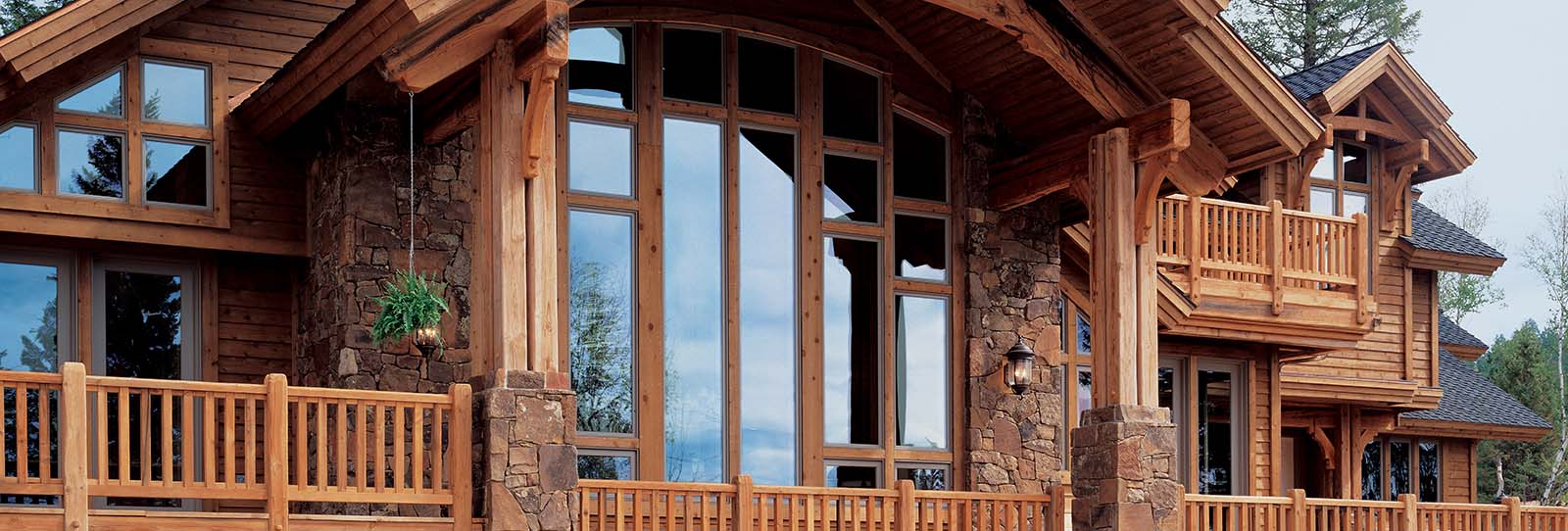WINDOW REPLACEMENT GUIDE:
ENERGY EFFICIENT WINDOWS
By now, you have probably visited numerous window company websites and you’ve likely seen claims like:
Depending on where you live, you can cut energy bills by 25%!*
Slash up to 40% off your energy bills!*
Enticing, right? Well, when you click through to understand what “*” means, as well as how you save the 40% from replacing windows, you will find that the company is comparing their product’s performance to single pane windows with no energy coatings.
Window performance is made up of three key factors. The following descriptions are not the textbook definitions but designed to help a non-technical homeowner make sense of the value and thus the claims. The three factors are:
U-Value:
This is the mathematical inverse of R Values that you hear about with wall and ceiling insulation. The window industry measures things in terms of U Value but I think equating performance to R Value is more helpful. U and R Values measure the same thing, the rate of heat transfer from warm to cold. Perhaps the following table will help:

As you can see from that chart, windows are always a wall’s weak link, regardless of their claimed performance.
SHG (Solar Heat Gain Coefficient):
This factor measures the percent of the sun’s energy that is transmitted to the interior. Typical residential windows transmit 31% of the sun’s energy with cost effective choices available that increase or decrease this value. The goal is to transmit enough energy to enjoy the warming rays in the winter and still be comfortable in the summer.
Air Infiltration:
This is the often overlooked performance value. It measures the rate of air transferred through a window unit as “cubic feet per minute per square foot”. You will see this abbreviated as CFM/F2. It does little good if you focus on the first two factors without addressing how well the window stops air flow when closed.
Much of the advertising surrounding replacement windows promises energy savings. Importantly, A home’s energy consumption is made up of size, insulation, location, user behavior, etc. and windows typically make up 15% to 18% of the wall surface area. Moreover, air infiltration and insulation deficiencies in the home are likely to be much larger drivers of energy consumption than windows. Thus while an R5 window performs 33% better than an R3.33 window mathematically, the impact of window replacement on your utility bills will always be less.
Perhaps to illustrate the point, here are two replacement scenarios for a 2,000 square foot ranch home built in 1970:
- International Falls, Montana where the existing windows are aluminum frame, single pane windows and air sealing and insulation have already been addressed – best case opportunity where energy bill reductions will be measurable and come as close as possible to providing to positive return on the window investment. The more extreme the climate, and the better the overall insulation and sealing of a home, the more linear will be the impact of improving window U Value.
- Boulder, Colorado where the existing windows are wood, double pane with no Low-E coating with original insulation and construction – the owner will notice a greater energy bill reduction at a lower investment by addressing insulation and air sealing. Window replacement alone will reduce energy consumption but it will be hard to tease out the specific impact.
A current hot topic is the Department of Energy’s program designed to create volume purchases of R5 windows in order to reduce the price premium vis-à-vis Energy Star windows. They are targeting a price premium of $4 per square foot of window. Sounds reasonable right? Well on a typical replacement window, this represents a 20% premium. Only in the Montana example above will replacement window payback come in any reasonable time, let alone a return on your investment. As the current price premium runs between 50% and 100% (based on our experience), I frankly recommend purchasing Energy Star windows and spending your leftover money on insulation, air sealing, improved HVAC, sweaters, and down comforters for each family member.
We are not against ever-improving energy efficiency in replacement windows. We are, however, against using tricks, partial truths, and extreme hypothetical cases as sales tools. Moreover, I am out to prove that you can increase market share and profit margins by shooting straight with people, doing what we say we will do, and taking the notion of service excellence out of the marketing department, and into the hands of every employee.
Part One: Introduction
Part Two: Replacement Windows
Part Three: Energy Efficiency
Part Four: High Altitude
Part Five: Historic Windows
Part Six: Warranty & Service
Part Seven: FAQ

